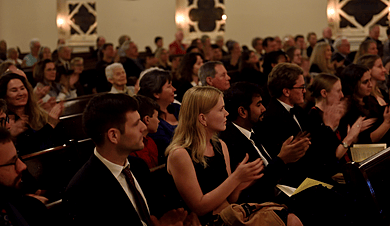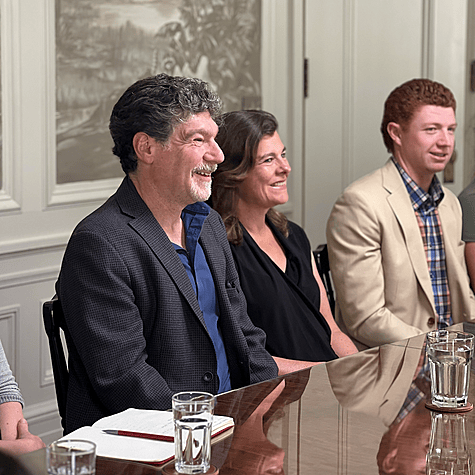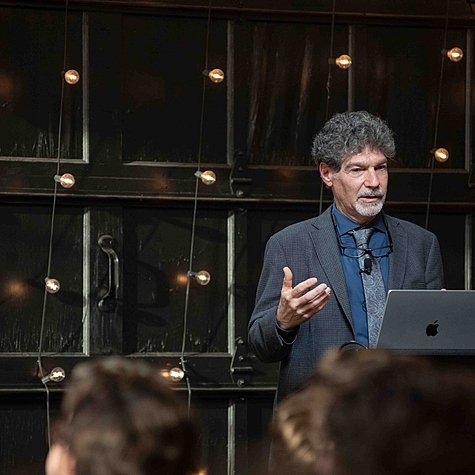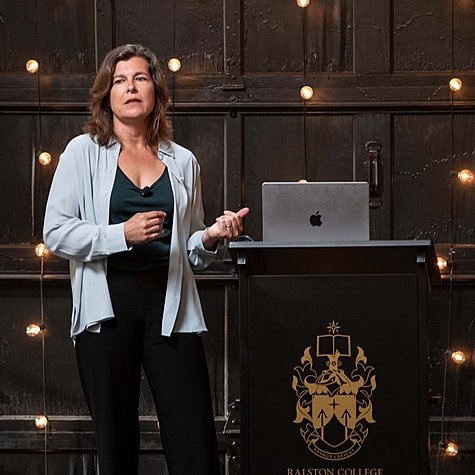Dr Heather Heying’s third lecture in the series turns to one of the most profound questions in biology: what conditions are sufficient for the evolution of sentient consciousness?
Picking up from her prior exploration of deep time and morphological change, she now examines behavior, where change unfolds on a faster timescale, but with equally revealing patterns. Behavioral traits, she notes, are often more elusive to trace than molecular or morphological ones, but they illuminate the ecological contexts in which consciousness arises.
Heying demonstrates how sentience has independently evolved multiple times, with mammals and birds providing especially compelling convergences. Across dolphins, elephants, parrots, wolves, corvids, and primates, she identifies shared features: long lifespans, extended childhoods that allow for learning and neural plasticity, complex social structures, and the phenomenon of play. These traits, though arising in distinct evolutionary lineages, reveal the universal scaffolding upon which consciousness depends. Examples range from dolphins using tools to protect themselves on the seafloor, to crows forging vast social networks, to chimpanzees grappling with fairness and justice. Such instances of creative problem-solving and social intelligence underscore the continuity between human uniqueness and the broader pattern of evolved minds.
Yet for Heying, consciousness is not only a biological puzzle but also an epistemic and aesthetic one. She reminds us that logic may prove, but intuition discovers; science demands not only criticism but also creation. To divine the significance of pattern, she suggests, is akin to apprehending beauty itself, echoing themes long present in Japanese philosophy. By reclaiming science for the creative and the curious, Heying offers a vision in which the study of sentience becomes a bridge between biology and the humanities, uniting empirical rigor with the human capacity to recognize meaning, pattern, and truth.
Access the 2025 Sophia Lectures >










